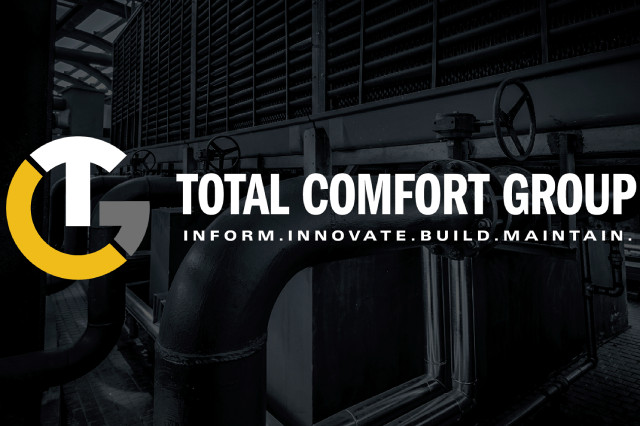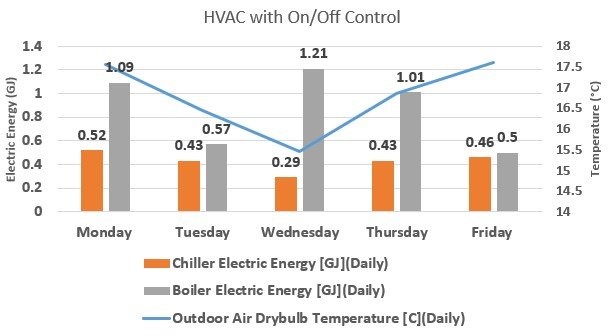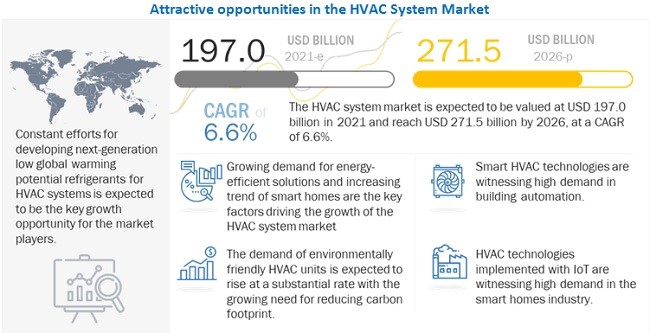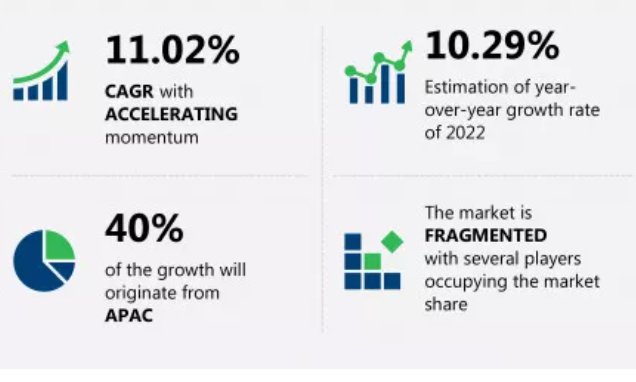
The Ultimate Guide to Ensuring Sustainability and High HVAC Performance
HVAC accounts for a large percentage of the total energy spend of a building. Studies have found that a typical system accounts for 40% of the total building consumption and 70% of base building consumption. In an energy breakdown for a commercial space, it was found that HVAC takes up 39% of the total units. Key end-users that contribute to this figure include cooling towers, heaters in boilers, fans and ventilation, and pumps for hot water circulation.
Three-quarters of all American homes have an air conditioner, with ACs using 6% of all electricity produced in the US. This results in roughly 117 million metric tons of CO2 released in the air. Air conditioning can account for 30%-40% of the total building consumption of office buildings.

Offices in the US spend an annual average of $1.34 per square foot on electricity. The nation’s small businesses spent over $60 billion a year on energy. This can be a large expense for businesses, but fortunately this is one cost that companies can work to reduce. Site assessments, surveys and preventative maintenance can help reduce energy costs, improve indoor air quality and ensure greater comfort. Moreover, by improving the efficiency of the HVAC system, which releases greenhouse gases, businesses can make a difference to the environment and even protect against climate change.
When you hire HVAC experts, they will visit your premises to assess the area, the average number of people occupying the space and the energy needs as per your business requirement. They will also identify any wear and tear, replace parts immediately and conduct a regular site inspection to prevent unit breakdowns and reduce overall energy wastage.
Energy Efficient Considerations
There are several different components of an HVAC system that can be improved to lower energy consumption at your workspace. Here’s a look at the most common ones and how to make them work in an energy-efficient manner:
- Filters and Coils: Replacing a clogged filter with a clean one can reduce the air conditioner’s energy consumption by 5% to 15%.
- Fans and pumps: Running a basic ceiling fan averages about 15-90 watts of energy used while a tower fan uses about 100 watts. In an HVAC, fans use approximately 40% of all electricity. Reducing the fan speed can be most efficiently achieved with frequency controlled electric motors. Shut down unnecessary pumps using pressure switches and control the number of pumps in service when the flow rate requirements change.
- Ventilation: Use an energy-recovery ventilator in the HVAC recycle energy that flows through the system. It can capture the thermal air and use it to pre-condition the incoming air.
- Right Sizing: Ensuring the HVAC system is appropriate for the size of the building, since an oversized system might not dehumidify the air properly. This can impact energy bills for the entire year.
Another cost-effective energy efficiency measures that offices can adopt is a Building Management System (BMS). It offers air handling, heating, and cooling inside a building. A well-functioning one can deliver energy efficiency savings of up to 15%-20%.
How to Properly Take Care and Maintain your HVAC System
The HVAC market is expected to witness massive growth in the coming years. The market size was forecasted to reach $197 billion in 2021 and touch $271.5 billion in 2026, at a CAGR of 6.6% during 2021-2026.

Every business should invest in energy savings measures and help HVAC systems operate at peak efficiency. Here’s what you can do.
- Change Air Filters: You can save up to 7.5% energy each month by using clean air filters in your HVAC system. This is because dirty filters restrict airflow, resulting in additional strain and high energy usage.
- Keep Outdoor Units Debris-Free: An HVAC without dust and dirt is vital to ensuring energy efficiency. Debris can clog the system and increase pressure in pushing hot/cold air, which subsequently wastes plenty of energy.
- Clean Coils: Unblocking cooling coil clogs can pay you back in energy savings.
- Unit Level: The HVAC system should be level when installed to ensure the operational efficiency of drainage systems and other mechanisms.
- Check Fan Blades: Aerofoil designs provide the highest energy efficiency. Ensure a curved back design in centrifugal fans, so that they can move a high volume of air at a high static pressure.
- Avoid Shutting More than 20% of Registers: Shutting registers for indoor temperature control might cost more in utility bills. This is because the system will need to work harder to cool or heat and the furnace might overheat and crack.
- Check for Noises and Odor: Unpleasant smells and strange sounds indicate that the HVAC system could be harboring mold or mildew. This will require a professional service for repair or replacement.

Benefits of an HVAC Maintenance Plan
HVAC maintenance includes tightening electrical connections, measuring system pressure, inspecting fuel connections, testing low-water cut-off and pressure relief valves, lubricating moving parts, checking belts and hoses, and cleaning evaporators and condenser coils. The top benefits of these procedures are:
- Increases the lifespan of commercial heating and cooling systems.
- Optimizes the unit to function better.
- Reduces the discomfort of your staff by improving air quality.
- Ensures equipment longevity and fewer repairs.
- Minimizes the risks of a fire or carbon monoxide buildup.
A poorly functioning HVAC system can be a distraction that comes in the way of productivity and achieving business goals, apart from leading to astronomical utility bills.
Conclusion
The global energy-efficient HVAC systems market is slated to grow at a CAGR of over 11%, increasing $24.37 billion from 2021 to 2026. Ensuring effective management plans for summer and winter can ensure fresh air of the most comfortable temperature round the clock. Further, you will be able to lower energy consumption in every season. Working in a comfortable space will impact business productivity in a positive way. Plus, you earn brownie points for employee well-being and environmental protection with clean indoor air and lower emissions.
